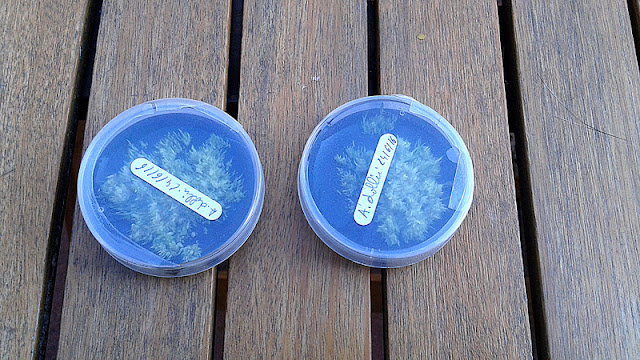At dawn I am surprised by shouts coming from the forest, just in front of my bungalow.
In fact it is lemurs indri which "communicate"!!!
...fact a pleasure to hear that...
In fact it is lemurs indri which "communicate"!!!
...fact a pleasure to hear that...
We take advantage of this last day in a forest and our eayes search the smallest nook in search of orchids.
During our ride we cross wet primary forests, but also drier, but each time we are lucky to find blooming orchids.
Aeranthes nidus
Angraecum clavigerum
Here the forest doesn't suffer too much of devastating fires we saw during our trip.
Even if of course near from the villages, there is no more forest but rice fields, ,the culture is reasoned and here everybody is aware of the role of this reserve and of the interest of its conservation today.
Angraecum dryadum et Polystachia bicolor
The day ends, the trip also because we leave our last primary forest. By returning to the lodge, we cross a last small chameleon hided in the grass.



















































